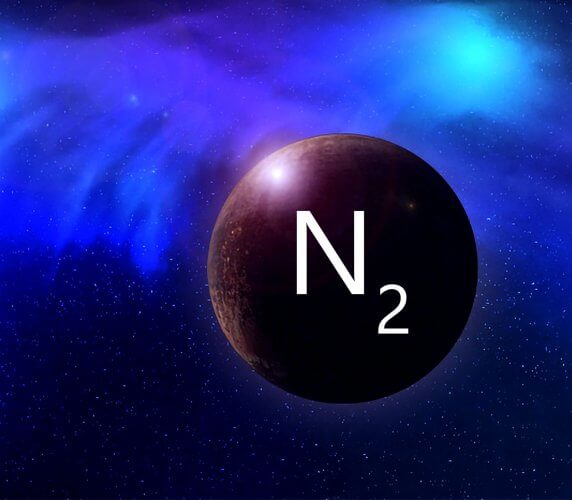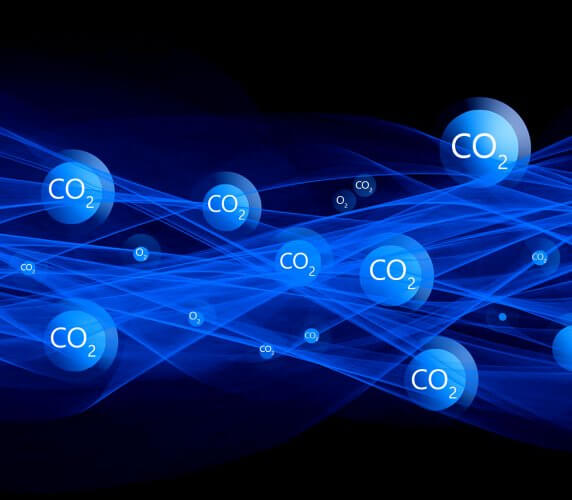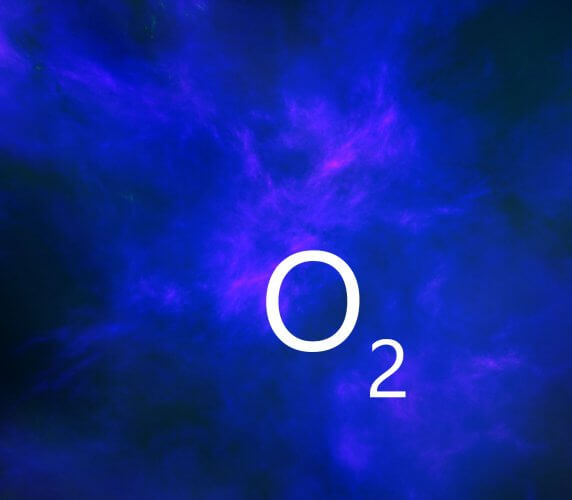
Packaging under protective atmosphere
Manufacturers of sensitive or perishable products want to ensure premium product quality over long periods of time. Modified atmosphere packaging preserves the freshness and quality of products, lengthening shelf life for food producers.
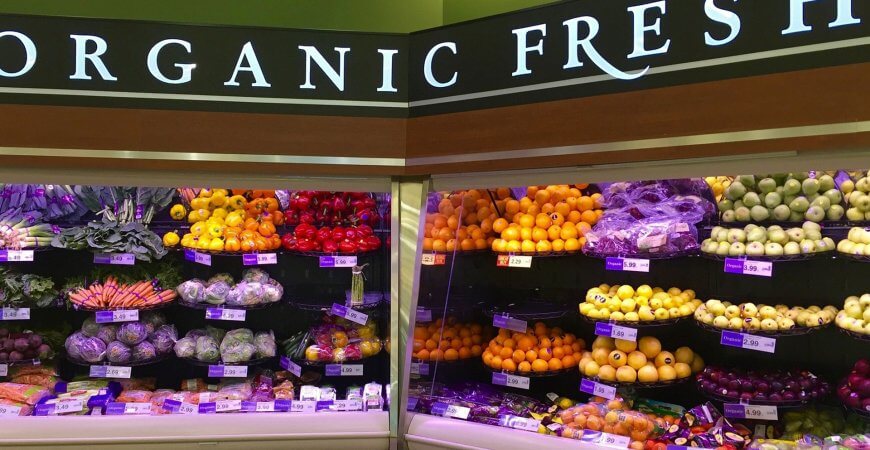
For this reason, packaging under protective gas has become well-established, especially in the food and delicatessen industry. For quality assurance apply strict hygiene and highest demands to the technical equipment. That’ s why our high-end gas analysers are used to monitor modified atmosphere packaging.
Packaging under protective gas - the way it works
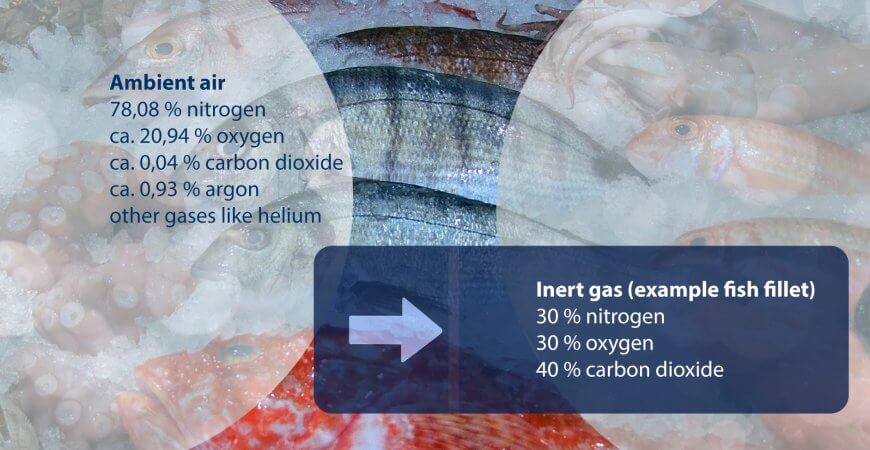
The principle: In simple terms, the natural ambient air in the packaging is replaced by a modified gas mixture. Nitrogen (N2), carbon dioxide (CO2) and oxygen (O2) are used in different concentrations, depending on the intended use.
Which inert gases are used?

Typical protective gases are nitrogen (N2), carbon dioxide (CO2) and also oxygen (O2). These inert gases exist as components in naturally air. In modified atmosphere packaging, however, these gases are used in a mixture (relative composition) that is different from the air. These modified gas mixtures are under constant control, either on the packaging line or in the laboratory or in the trade.
Check inert gas packaging with gas analysers
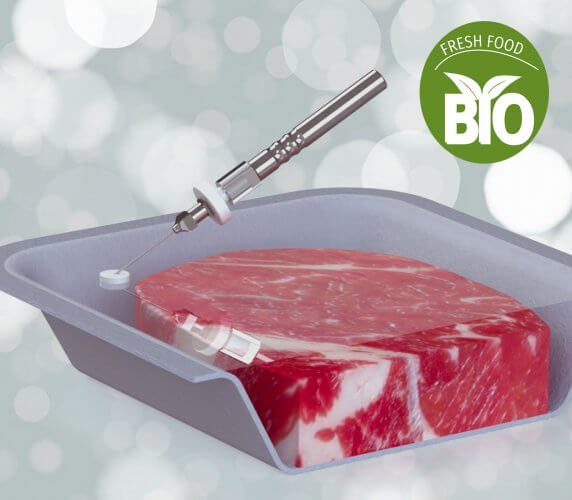
In quality assurance, testing is very simple: the puncture point of the packaging is provided with a septum. The tester pricks the packaging with the needle. The measurement is started by pressing the button and the gas mixture is sucked out of the packaging into the measuring device. The result is displayed in 5 – 15 s (depending on sensor equipment & application). Gas analysers work with modern sensor technology. They are precise and require only a very small amount of gas (approx. 3 – 7 ml). Collected measurement data is stored and can be archived for permanent, complete documentation of quality control.
Overview of practical solutions
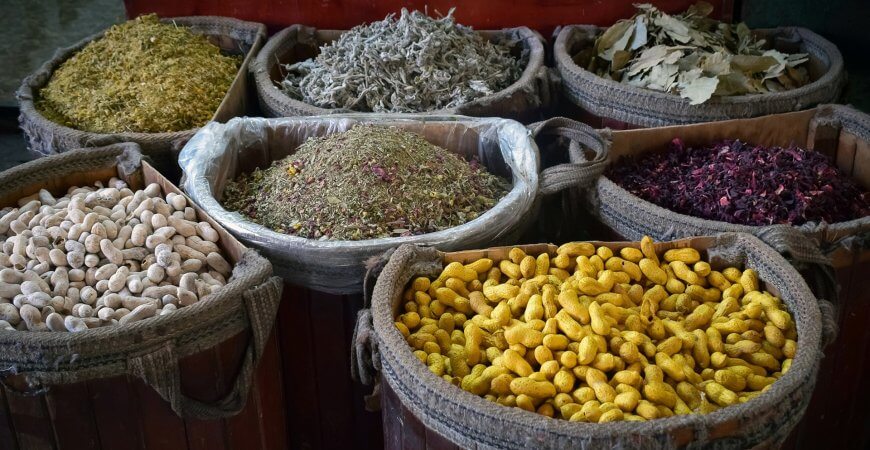
In the case of snacks, nuts, spices or coffee, the greatest risk of deterioration is their high content of fat. Oxidation has the effect that fats go rancid. To inhibit this, in the packaging oxygen is significantly reduced and replaced by a pure nitrogen atmosphere (N2). For testing such special protective atmospheres, the very economical MAT1100 gas analyser is suitable. The integrated EC sensor enables measurement in a range of 0.5 – 35 vol.% O2– concentration. Ideal if only the oxygen concentration is of interest or if only nitrogen is used for gassing.
Vegetable foods need oxygen for cellular respiration
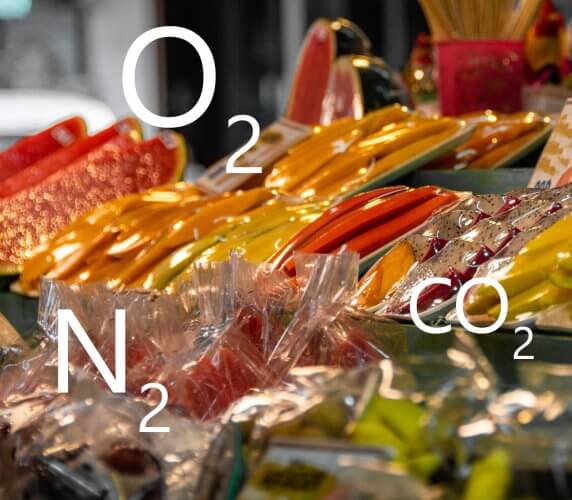
Fresh fruit or vegetables (especially in prepared, cut form) have special requirements for packaging in a modified atmosphere. Different to other groceries, fresh fruit and vegetables continue to exhale after picking. In addition, the packaging film must not be completely tight. The composition of the inert gas should equally reduce spoilage in the form of oxidation or microbiological change and maintain cellular respiration. This is termed an Equilibrium Modified Atmosphere (EMA). The MAT1200 gas analyser is ideal for measuring O2 and CO2 concentrations.
Protective gas packaging ensures quality for sensitive products
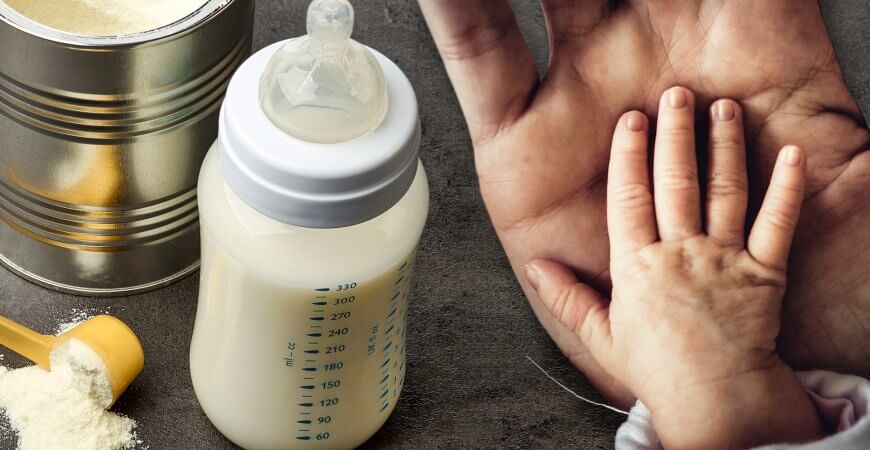
To extend the shelf life of milk powder, especially the highly sensitive product of baby food, attention is given to displacing oxygen from the packaging. In praxis, baby milk powder is often packed under pure nitrogen, with as little residual oxygen as possible. For testing, the quality assurance works with a MAT 1400 gas analyser. It has a measuring cell for very low sample gas requirements, with high accuracy for very low O2 concentration ranges. Its zirconia measuring cells measure the O2 concentration in the measuring range of 0 – 100 vol.%. The device is also used for checking sterilised finished products.
Protective gas packaging as an important aspect of sustainability
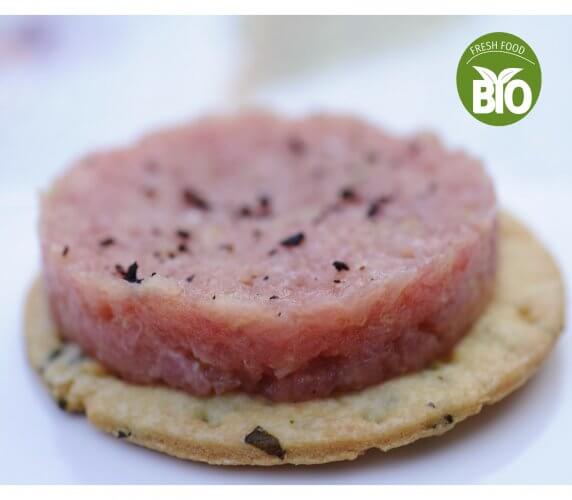
Especially with fresh food, such as bio-meat, the sustainability aspect comes into play. Under modified atmosphere packaging, this high-quality food products can be stored twice or three times longer without losing their quality. Wastage and food loss are reduced, packaging material is decreased. Here often the MAT1500 gas analyser is used for monitoring. Primary application of using is to check fresh meat packaging (70-80% oxygen and 20-30% carbon dioxide). The instrument has a zirconium dioxide sensor (O2 measurement) and a non-dispersive infrared sensor (CO2 measurement). A measurement with the device takes only about 10 -15 seconds. The sensors can even be used at low temperatures or in the meat industry on packaging lines. In addition, the measuring gas requirement is low, even an excellently measurement of ready-packed sausage, with low headspace, is possible.
Gas analysers invaluable devices in modern packaging processes
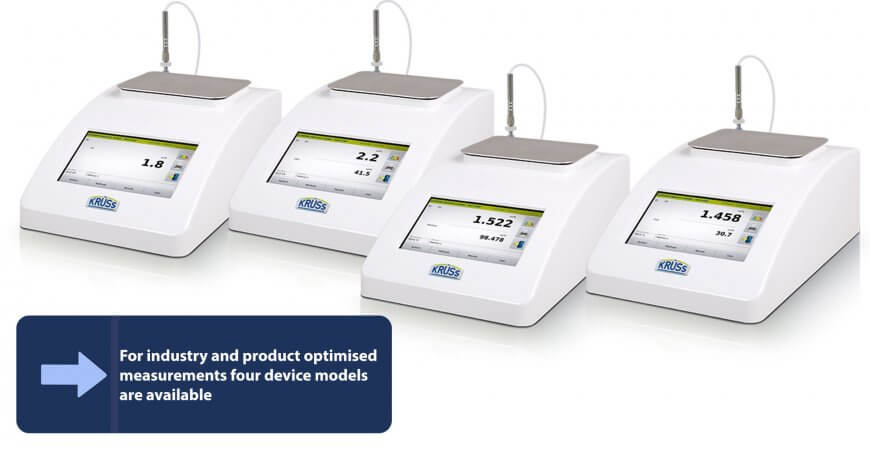
Areas of application and use:
Here, gas analysers support the quality control of protective packaging in numerous companies and help to ensure that a high-quality, fresh product arrives at the customer’s site.
- Random sample measurements on the line during the packaging process
- Inspection after revision: change in film or packaging materials
- Modification on the packaging machine: sealing seams, welding seams
- Retained samples, quality assurance in the laboratory
- Tests on the shipment
